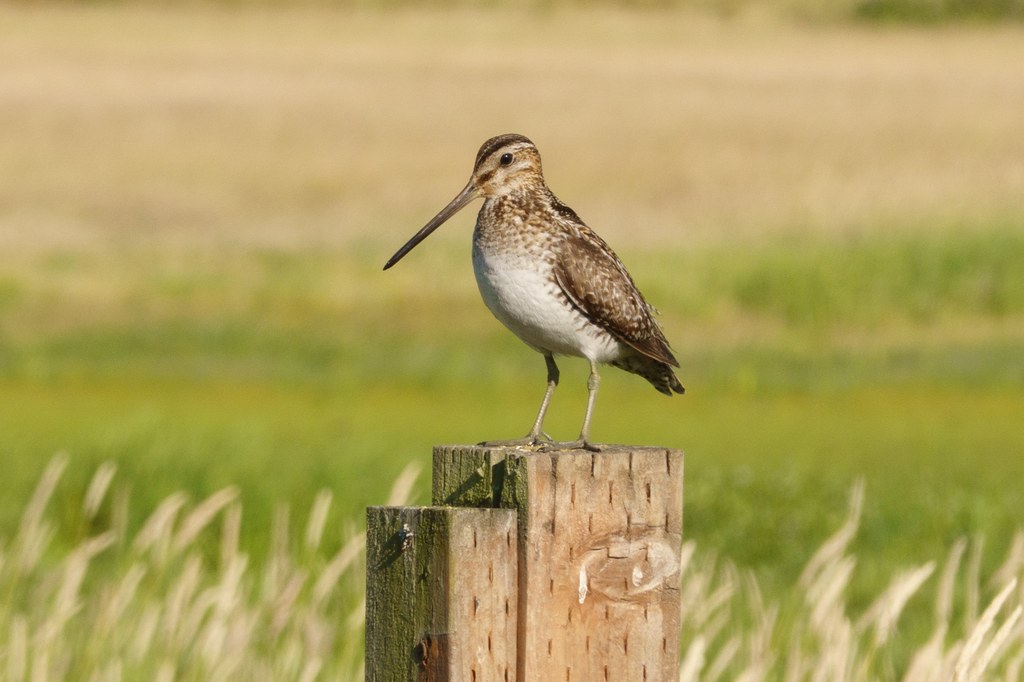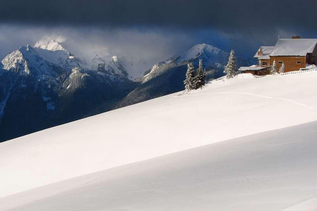Note: The $3 refuge entrance fee can be waived by registering your America the Beautiful/Interagency or equivalent pass at the entrance. You can also purchase an annual pass for the refuge for $15.
Two trails and a loop road provide public access to this serene area just a few miles west of I-5. Spring and fall are the best seasons to see migrating songbirds and shorebirds, but summer offers the additional attraction of the barrier-free Kiwa Loop Trail. Even in winter, there are plenty of birds to view.
The Oaks to Wetlands Trail is open year-round and provides a loop of up to two miles. The Carty Trail stretches south and is open May 1 − Sept. 30 to protect migratory birds. And the Kiwa Trail is a barrier-free trail that is open seasonally to protect nesting bird species (check the refuge website for open season dates).
A plankhouse sits at the beginning of this trail and piques hikers' interest with its design. The house plays an important role in the community of the area's tribes. It also serves as an outdoor education center and is used by tribal members for special events throughout the year.
From here, a trail winds along the eastern edge of the estuary. Depending on the season, you can view sandhill cranes, songbirds, migrating Canadian geese, swans, hawks and more at the Refuge. A viewpoint at the end of the trail offers a nice vista of the refuge, set under the shade of a giant old oak.
The trail then heads into old-growth with a series of spur trails that loop back to the main trail, giving hikers plenty of opportunity to wander through lush greenery and birdsong.
One of the highlights of this trail is the towering old-growth Oregon White oaks, but informational plaques set alongside the trail also point out viburnum, Oregon grape and a multitude of other native flora that flourish here.







 Trailhead
Trailhead



